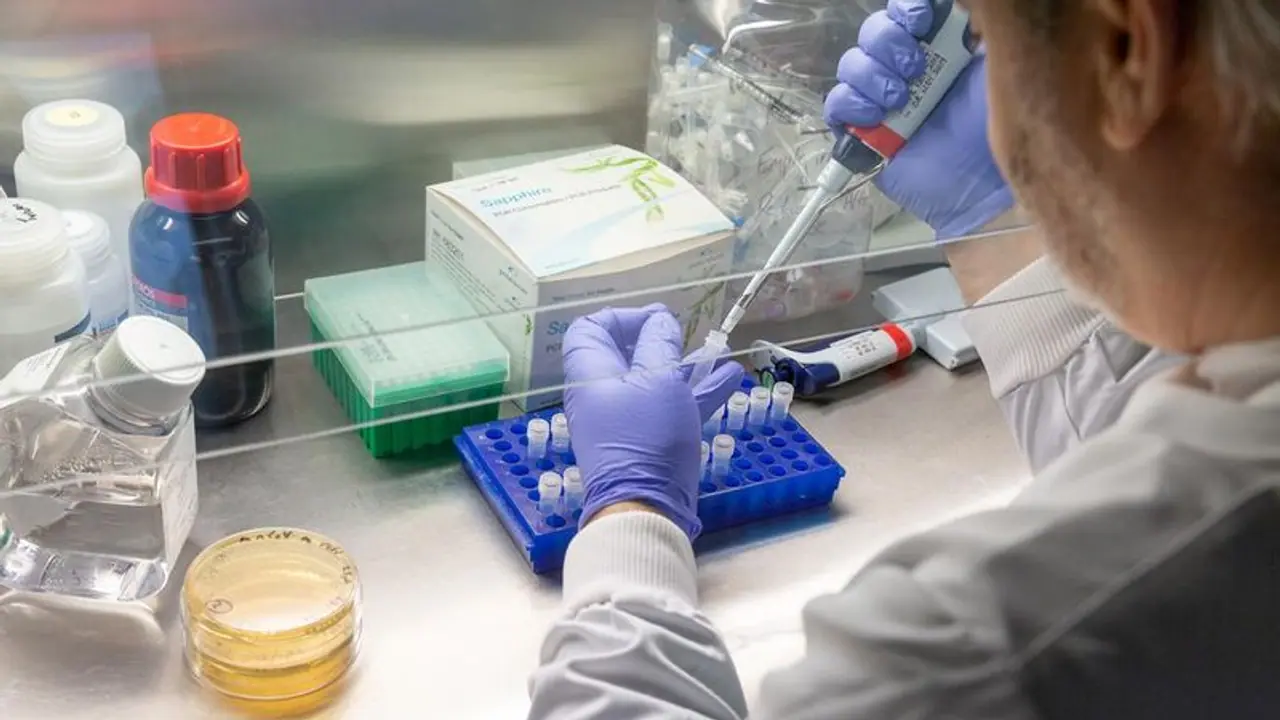In Virginia, Texas and Vermont, for example, officials said they have been combining the results of viral tests, which show an active infection, with antibody tests, which show a past infection. Faulty data may suggest COVID-19 is more under control than it really is.
Providence, US: As large parts of the US ease their lockdowns against the coronavirus, public health officials in some states are being accused of bungling infection statistics or even deliberately using a little sleight of hand to make things look better than they are.

The result is that politicians, business owners and ordinary Americans who are making decisions about reopenings and other day-to-day matters risk being left with the impression that the virus is under more control than it actually is.
In Virginia, Texas and Vermont, for example, officials said they have been combining the results of viral tests, which show an active infection, with antibody tests, which show a past infection. Public health experts say that can make for impressive-looking testing totals but does not give a true picture of how the virus is spreading.
In Florida, the data scientist who developed the state's coronavirus dashboard, Rebekah Jones, said this week that she was fired for refusing to manipulate data to drum up support for the plan to reopen. Calls to health officials for comment were not immediately returned Tuesday.
Also read: Christian apologist Ravi Zacharias dies at age 74
In Georgia, one of the earliest states to ease up on lockdowns and assure the public it was safe to go out again, the Department of Public Health published a graph around May 11 that purportedly showed new COVID-19 cases declining over time in the most severely affected counties. The entries, however, were not arranged in chronological order but in descending order.
Georgia state Rep Jasmine Clark, a Democrat with a doctorate in microbiology, called the graph a prime example of malfeasance, adding: “Science matters, and data manipulation is not only dangerous, but leads to distrust in our institutions."
Democratic state Rep Scott Holcomb likewise called the department's presentations purposely misleading. Georgia Gov Brian Kemp's office denied there was any attempt to deceive the public. Guidelines from the Trump administration say that before states begin reopening, they should see a 14-day downward trend in infections. However, some states have reopened when infections were still climbing or had plateaued. States have also been instructed to expand testing and contact tracing.
The number of COVID-19 cases in the United States reached 15,27,355 on Tuesday, according to the tally of Johns Hopkins University. The death toll from the disease in the country hit 91,845.
In other developments, the White House scrambled to defend President Donald Trump’s decision to use the malaria drug hydroxychloroquine to fend off the coronavirus. The drug is unproven against the virus, and the president’s move spurred fears that many Americans might start using the medication, which carries potentially fatal side effects.
White House press secretary Kayleigh McEnany emphasized that “any use of hydroxychloroquine has to be in consultation with your doctor”. More than 4.8 million people worldwide have been confirmed infected by the virus, and about 320,000 deaths have been recorded, according to a tally by Johns Hopkins University that experts believe is too low.
With Agency Inputs
